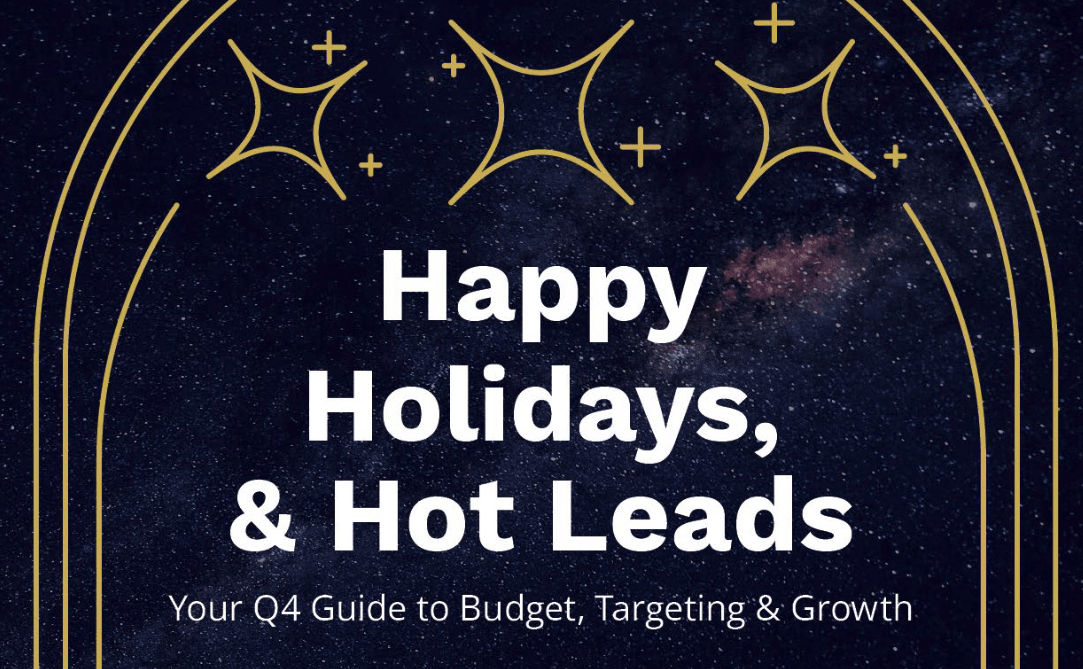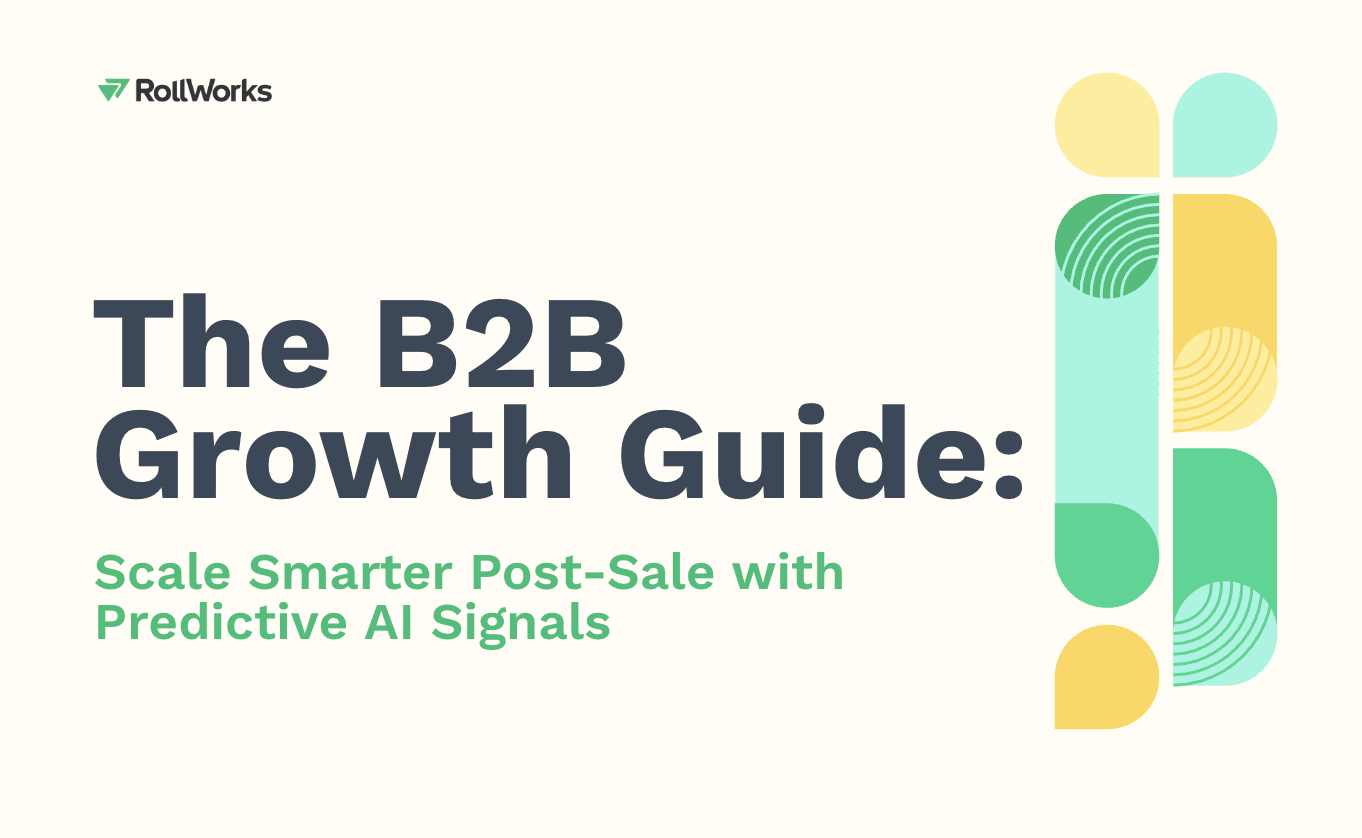As we approach the new year, we have to ask: Have we reached the point where ABM (account-based marketing) is just the way marketing should happen?
There’s a lot of hype around ABM and how it can scale business, especially in a downturn. Yet, with so many buzzwords and so few people getting to the essence of what it is, there is still some level of skepticism, it's inevitable.
ABM isn’t magic. But it can enable incredible levels of efficiency—and while efficiency may not encompass everything that makes up good marketing, it’s often the missing ingredient when otherwise good marketing doesn’t scale.
If you’re not sure where ABM fits in the modern marketer’s toolkit, here’s what you need to know.
From big budgets to big data
The early days of ABM were all about named accounts: a subset of coveted customers that a company would surround with (mostly) in-person marketing. Think fancy dinners and box-seat baseball tickets.
For large companies with the resources to handle that type of hand-to-hand combat, this approach was a no-brainer. When you have a handful of very important accounts, wooing them with high-touch marketing will usually move the needle.
Startups and smaller organizations don’t typically have these sorts of resources, but the growth and evolution of MarTech means they don’t have to.
Today ABM is about using data to identify and win accounts at scale. Instead of relying on the theoretical attributes of an account, marketers who “ABM” now have access to literal names, and they use this and other underlying data points to determine which accounts matter most, which accounts matter less, and which accounts don’t matter at all.
With robust data and machine learning available on modern platforms, ABM has become a reliable way for organizations to put names to high-fit accounts, understand their priorities, and read any number of signals that might change at any time.
Today’s ABM is also a lot more accessible: You don’t need a massive budget or a twenty-person marketing team to make it work. Small teams often see the biggest gains from extending their reach with ABM.
The sales/marketing alignment myth
One of the first promises of account-based marketing was that it would finally align marketing and sales teams.
But marketing and sales alignment is a cultural problem first. If you’re not aligned—or at least akin to alignment—no tool will get you there no matter how great it is.
Good ABM is about knowing (literally) how valuable an account will be as a customer. That conclusion is either derived via sophisticated algorithms or objective data. I liken it to a bingo card.
With ABM, marketing and sales teams play the same bingo card from different rooms, which opens the door to meaningful communication. If B11 comes up, one side can alert the other.
That’s the baseline offer of ABM: Aligning conversations around a centralized set of data that represents your target accounts. In that sense, ABM can undoubtedly support marketing and sales alignment.
But it can’t force the sales team to share their out-bounding list or attend marketing-led meetings.
The truth is, sometimes there are difficult personalities on both sides. Some salespeople don’t see the value in marketing and want to do their own thing. Some marketers think their job ends at handing leads over a fence and can’t wrap their heads around the fact that we’re driving business.
Don’t expect any solution to singlehandedly change the organizational culture. Address issues around collaboration first, then adopt data-driven solutions to foster that alignment.
ABM = Agile, Better Marketing
The last two years underscored something many seasoned marketers already know: The only constant is change.
But whether the lesson came as a complete shock or an unwelcome reminder, the idea that marketing must remain agile enough to pivot quickly when necessary is likely here to stay.
As marketers, technology plays an immense role in our ability to move fast and make changes. When you market to marketers, that’s a critical selling point.
In some cases, we have customers whose entire ICP is changing—and they’re able to determine the industry where they’ll have the most success with the help of our platform.
That’s the sort of adaptability B2B brands need baked into their solutions, whether or not they’re account-based.
When your team has the tools to reliably identify rough or unchartered waters, they can steer the ship in new directions just as easily. With ABM, that might mean capitalizing on website engagement from an unexpected segment by promoting targeted content based on intent.
Tactics and technology aside, you’ll get the most leverage from agile marketing plays when:
-
Everyone’s aligned around what you’re ultimately trying to do as a company.
-
You look for ways to make marketing and sales activities more efficient.
-
You only pivot with ALL stakeholders’ involvement, not on your own.
That’s the way marketing should happen.





























